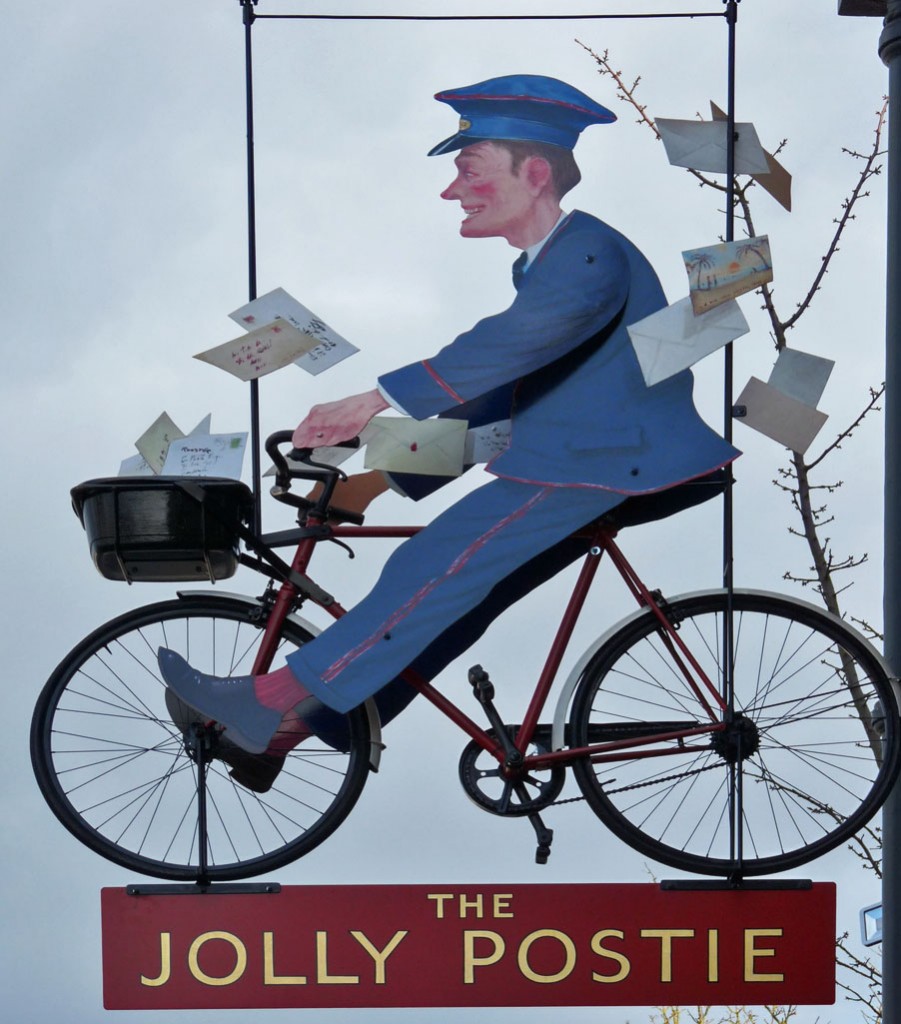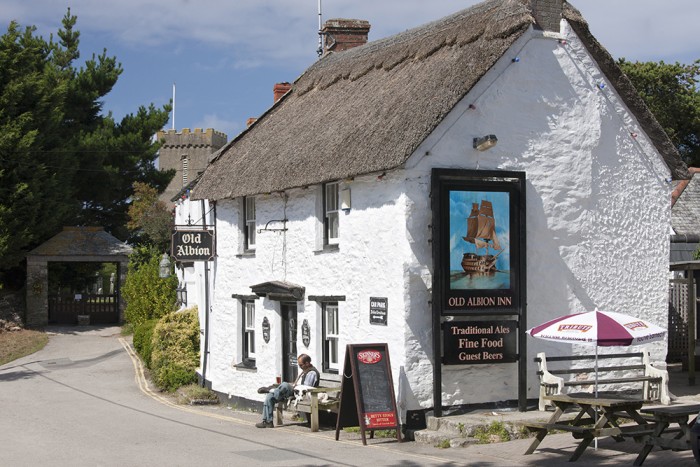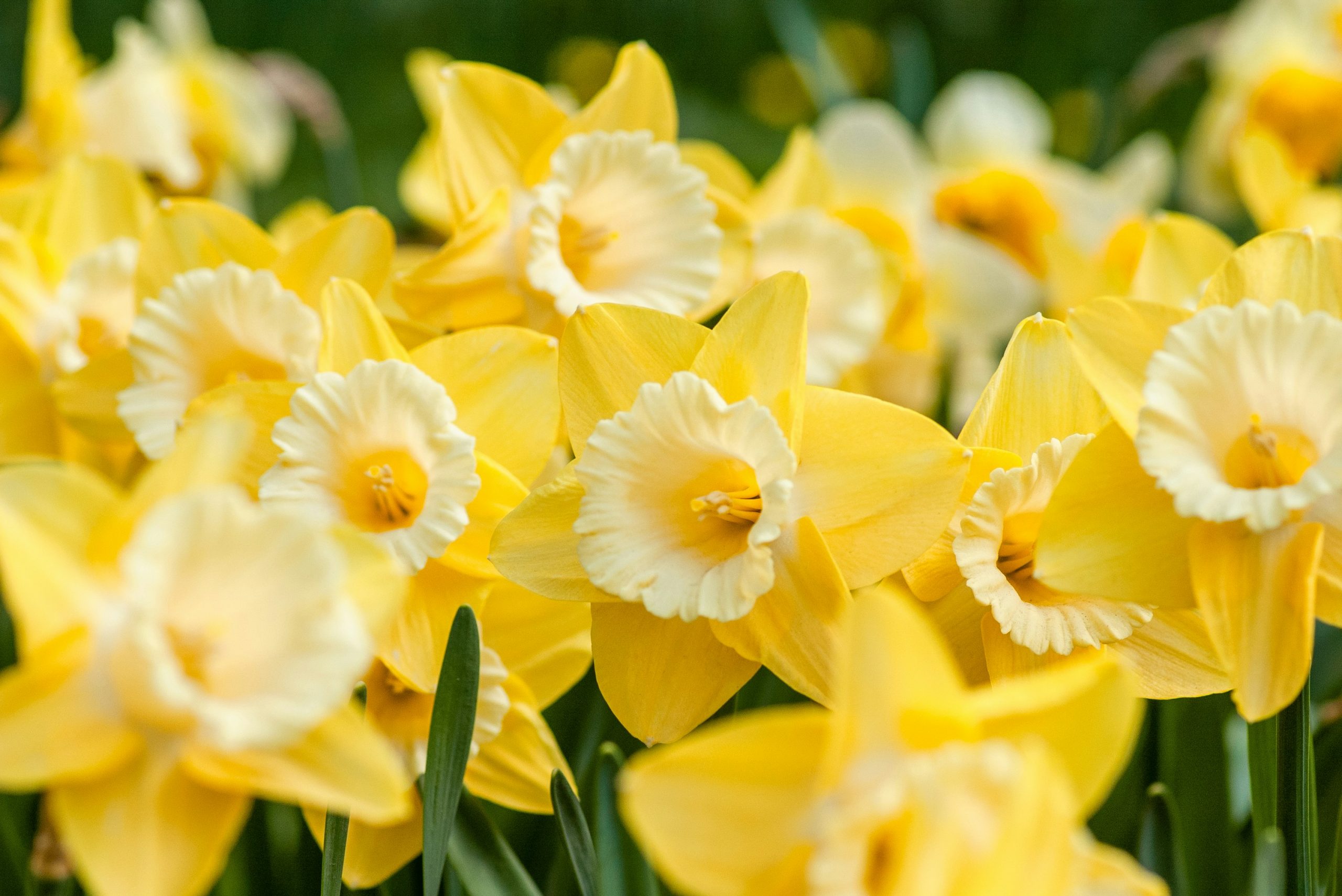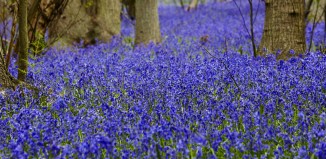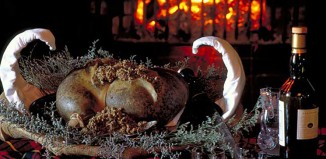Red lions and blue boars: our top 10 British pub names
In the latest issue of Discover Britain, we explore the history of the pub sign and the meanings behind some of Britain’s most popular pub names. Here are 10 of our favourites…
- One of the most common pub names in Britain is the Red Lion, which was the emblem of James I (James VI of Scotland) who decreed, when he inherited the throne of England, that certain public buildings should display the red lion to signify loyalty to the monarch.
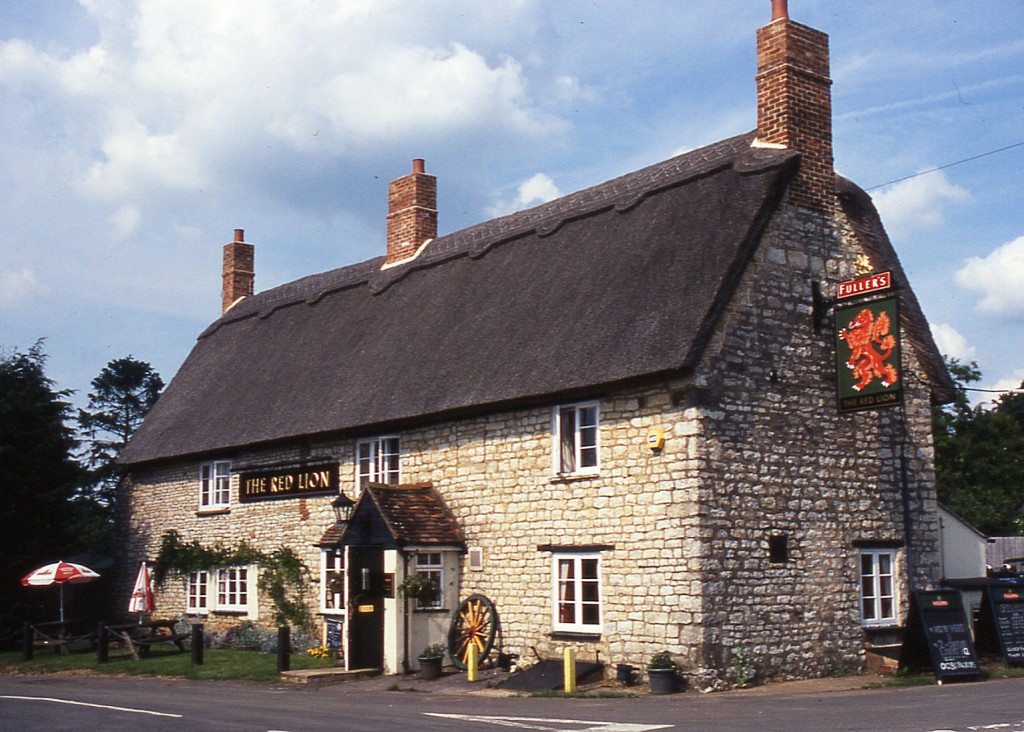
2. Another very popular pub name is the White Hart, which was the heraldic emblem of King Richard II, who in 1393 decreed that all alehouses should display a sign, so that they could be more easily licensed or taxed and the quality of the ale better controlled.
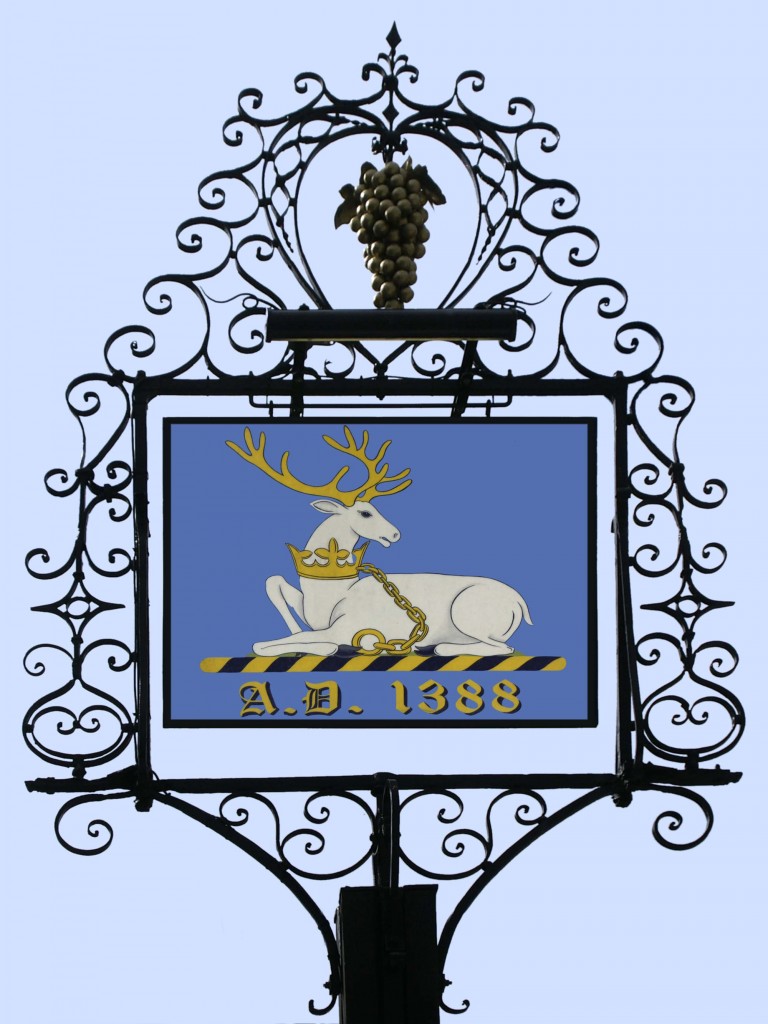
3. The blue boar was the personal badge of the De Vere family, who were the Earls of Oxford. The 13th Earl was a Lancastrian during the Wars of the Roses and Henry Tudor’s commander at the Battle of Bosworth in 1485, where Richard III – whose symbol was a white boar – was killed. The story goes that after the battle all the White Boars were painted blue as a sign of allegiance to the king.
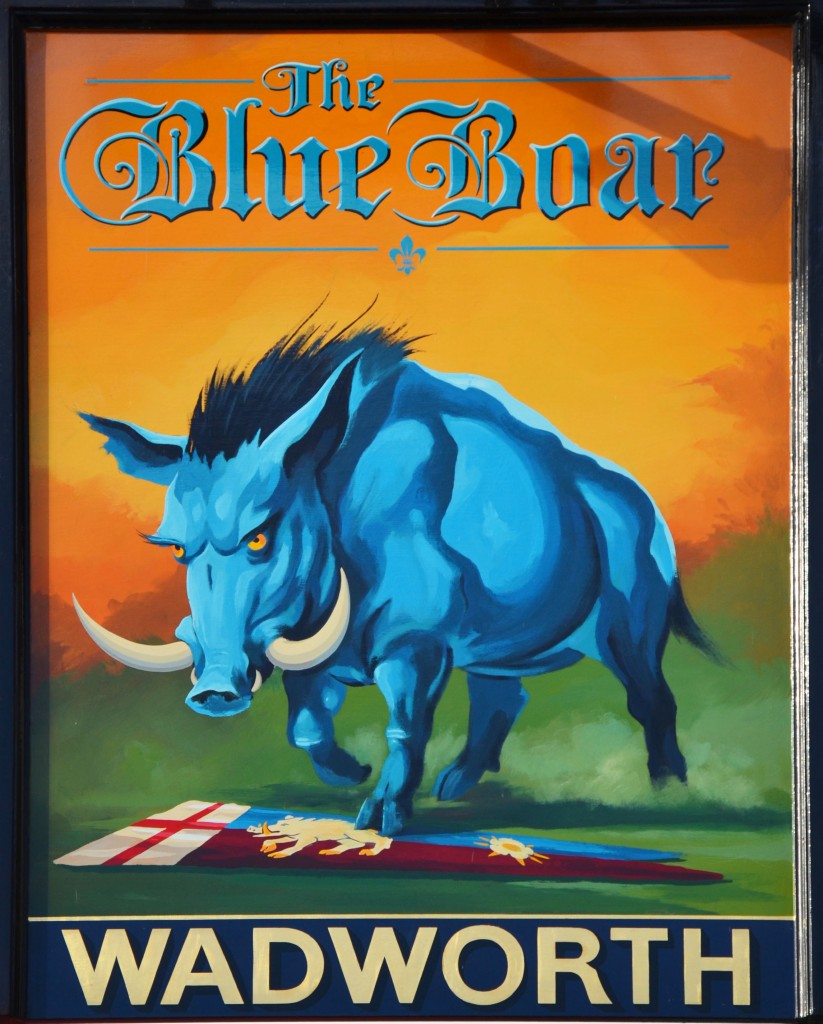
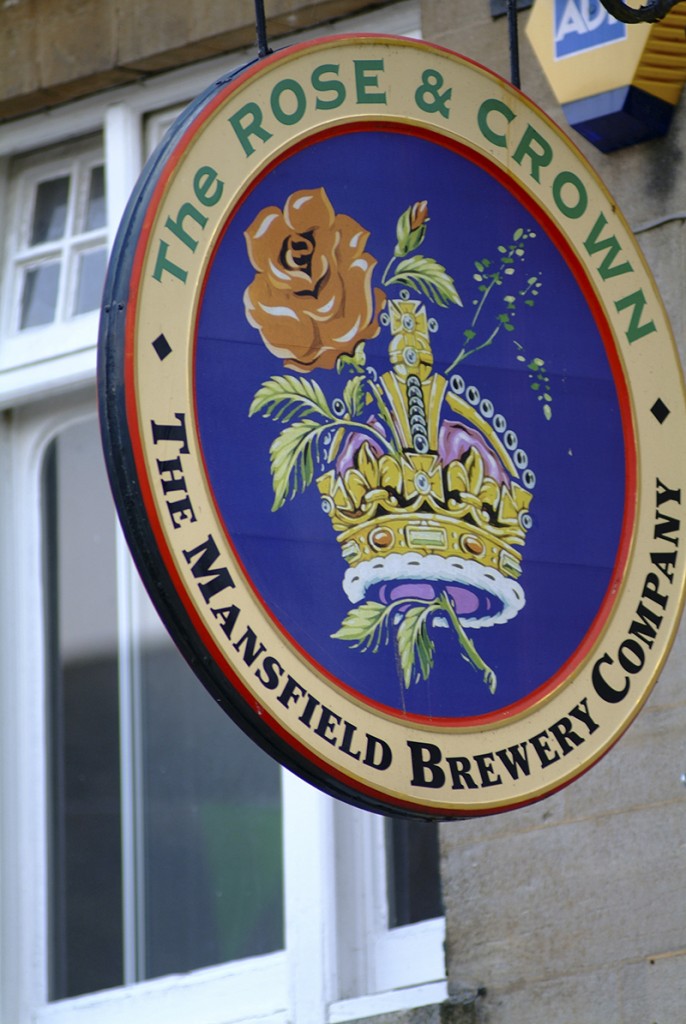
5. A pub sign you rarely see these days is the Pope’s Head, though before King Henry VIII’s split from Rome in the English Reformation many inns would have had that name, but astute innkeepers renamed their businesses the King’s Head instead.
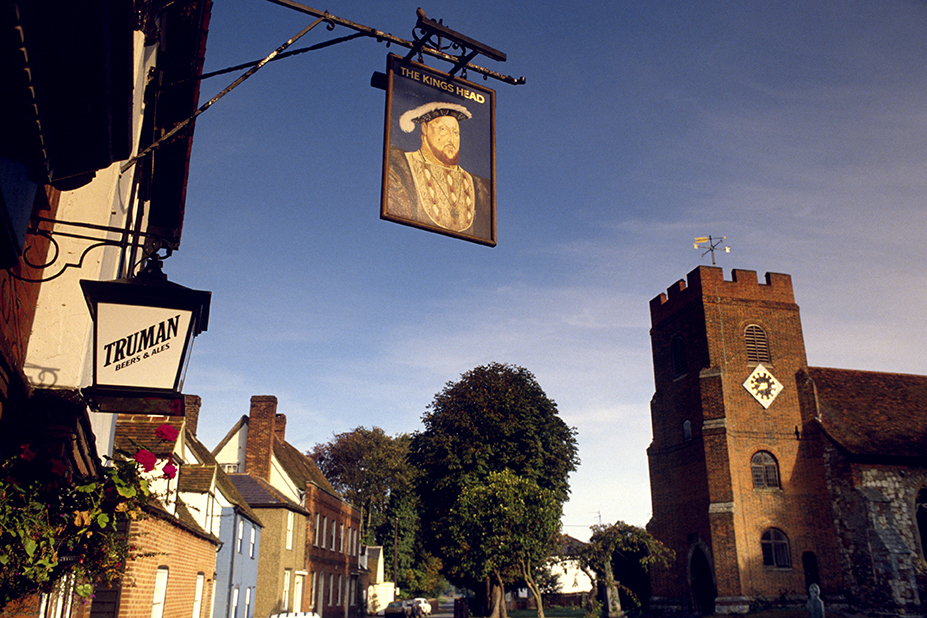
6. The Royal Oak came to prominence as a name following widespread support for the return to the throne of Charles II, who famously hid in an oak tree to escape the Roundheads following the Battle of Worcester in 1651.
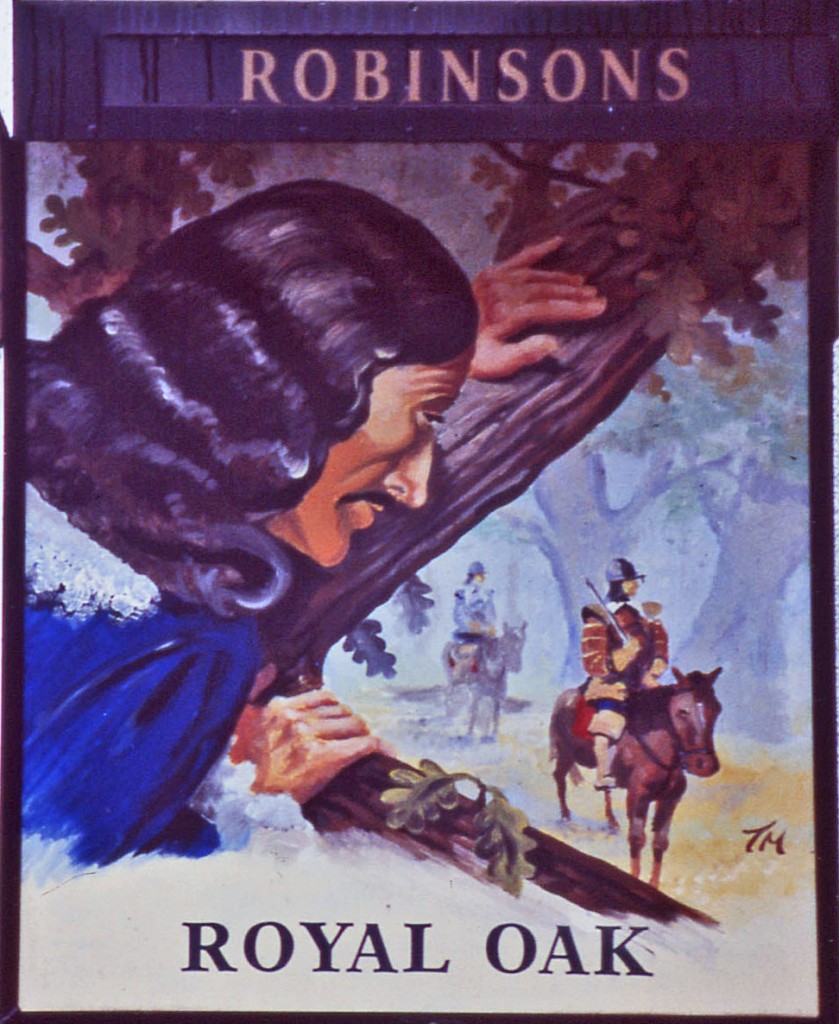
7. The names of pubs provide a commentary on the times in which they were established. Changing monarchs, the rise to fame of certain people, battles and historic events have all left their mark on pub names. Unsurprisingly, Nelson, Trafalgar, Wellington and Waterloo can all be found in abundance.
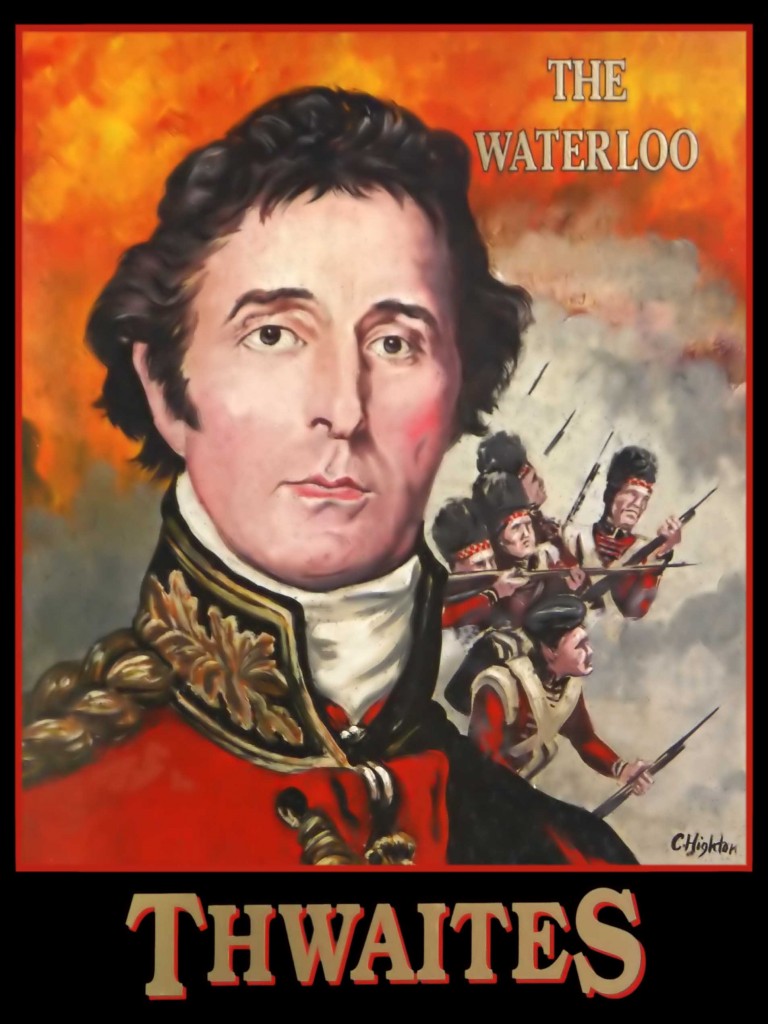
8. As the number of alehouses increased in the early Middle Ages, an object, such as a pewter tankard, would be hung on the ale stake to distinguish one alehouse from another: one of the most primitive symbols was a crooked billet (or stick)…
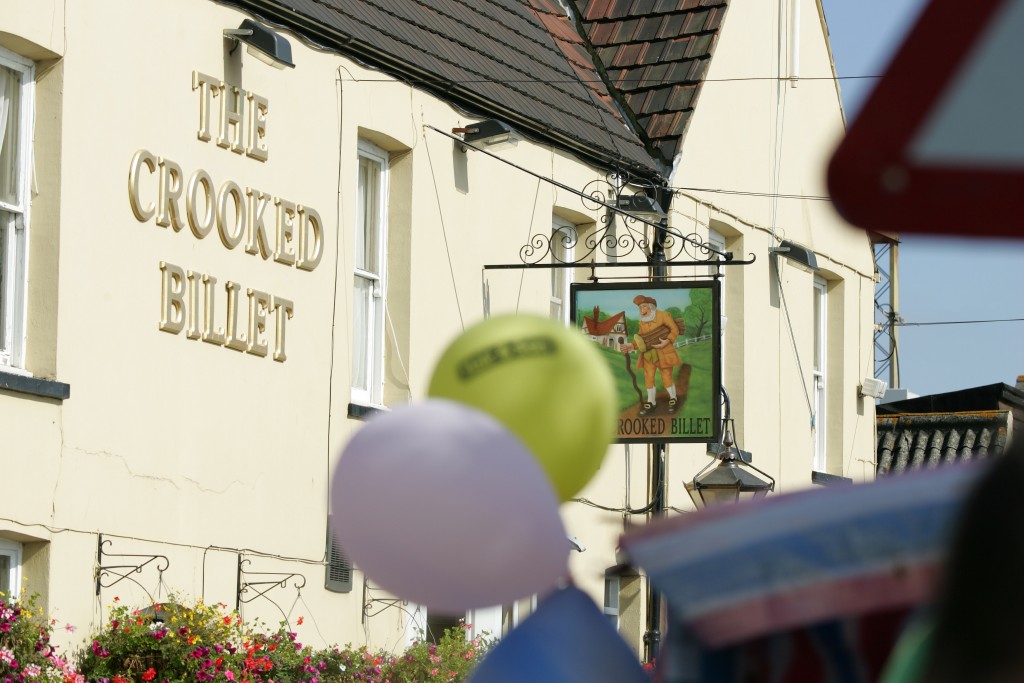
9. The development of the railway network across Britain spawned a large number of railway signs, such as the Railwayman’s Arms. These days many such pub names survive, even if, after the Beeching cuts in the 1960s, all the railways do not…
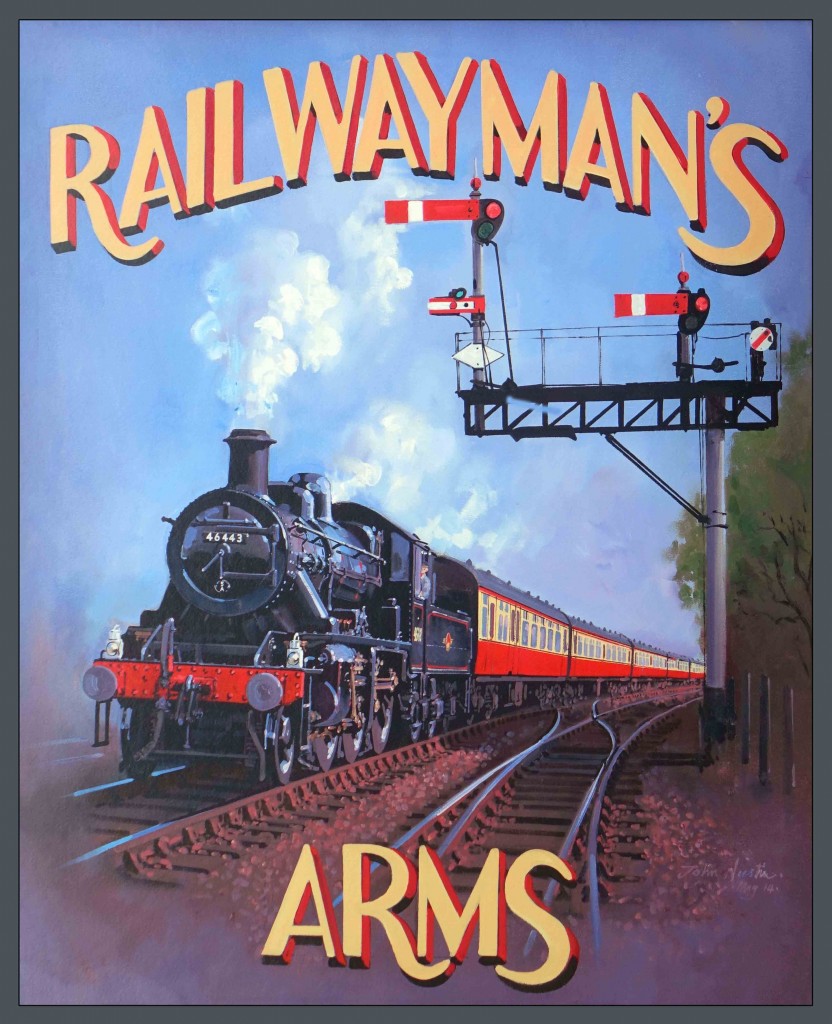
10. Often pub names give an indication of the building’s former role. The Jolly Postie, for example, can be found on the site of the old post office in Baldock Street.
